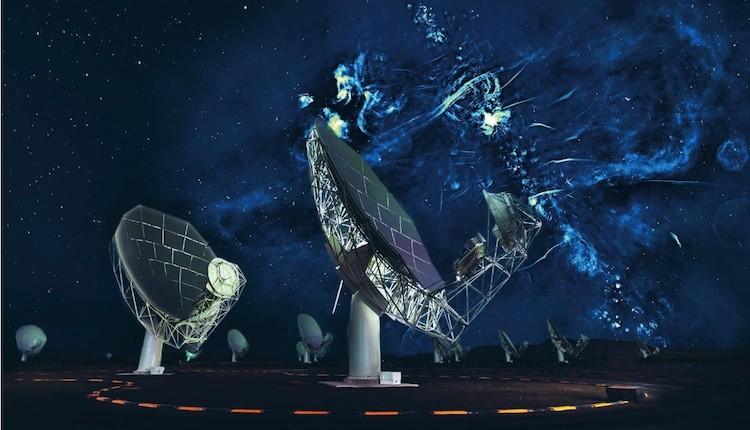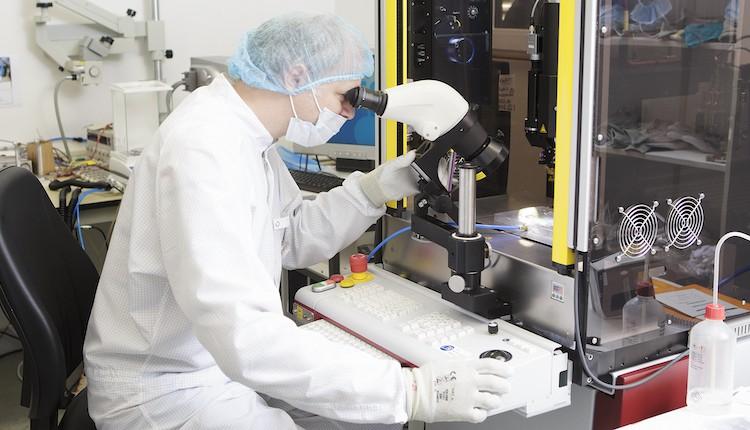Research and transfer
Astrophysics is booming. The Nobel Prizes in the past decade are shining proof of this. Today, we stand on the threshold of fundamentally new insights into the nature of the universe. Astrophysics combines all facets of modern technologies and is a driver of economic development. The foundation of a German Center for Astrophysics (DZA) with international charisma is an essential impulse for a future-oriented change in Lusatia.
Center for Innovation and Transfer
One pillar of the DZA's transfer concept is early, close cooperation with industry, universities and non-university research organizations, in which new technologies are developed jointly in a network. At the DZA, a modern transfer is organized from the very beginning, in addition to the classical, linear transfer, also a solution-oriented transfer. Transfer is anchored as a core task in the structure of the center (Center for Innovation and Transfer, ZIT). Not being fixed to one area is a strength that guarantees to be relevant in the long run. The DZA has a broad network of transfer partners ranging from small medium-sized companies to the largest chip manufacturer in the region.






